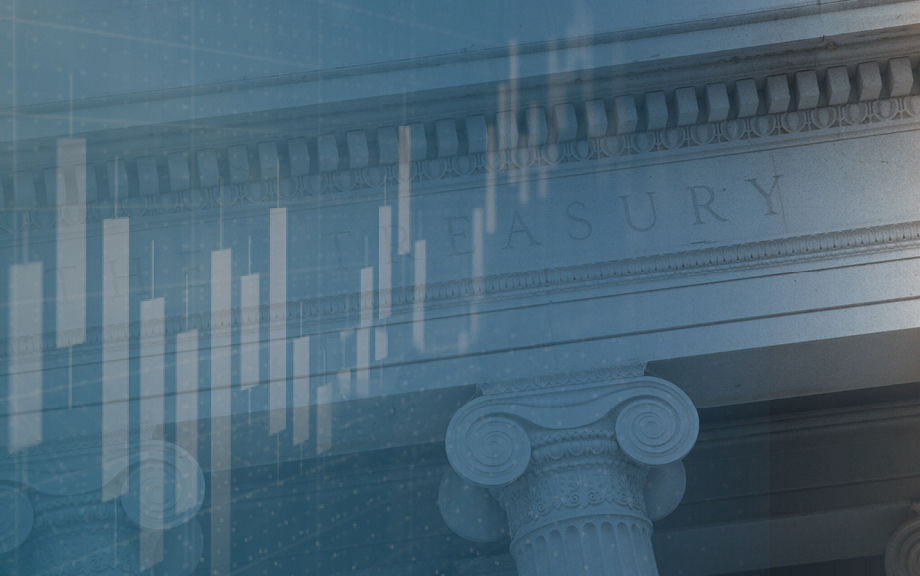Short‑Dated Term Premia and the Level of Inflation

Since the advent of derivatives trading on short-term interest rates in the 1980s, financial commentators have often interpreted market prices as directly reflecting the expected path of future interest rates. However, market prices generally embed risk premia (or “term premia” in reference to measures of risk premia over different horizons) reflecting the compensation required to bear the risk of the asset. When term premia are large in magnitude, derivatives prices may differ substantially from investor expectations of future rates. In this post, we assess whether term premia have increased with the recent rise in inflation, given the historically positive relationship between the two series, and what this means for the interpretation of derivatives prices.
Survey Measures of Expectations for the Policy Rate
Market prices provide timely information on policy expectations.
Why (or Why Not) Keep Paying Interest on Excess Reserves?
In the fall of 2008, the Fed added new policy tools to its portfolio of techniques for implementing monetary policy.
Is U.S. Monetary Policy Seasonal?
Many economic time series display periodic and predictable patterns within each calendar year, generally referred to as seasonal effects.
Corridors and Floors in Monetary Policy
As part of its prudent planning for future developments, the Federal Open Market Committee (FOMC) has discussed strategies for normalizing the conduct of monetary policy, when appropriate, as the economy strengthens.










 RSS Feed
RSS Feed Follow Liberty Street Economics
Follow Liberty Street Economics